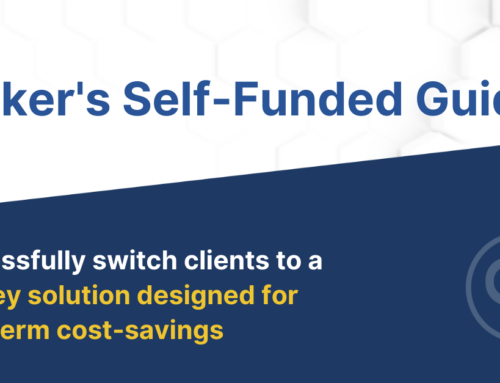These certainly are unprecedented times as individuals, companies and governments take steps to slow the spread of COVID 19 in an attempt to make sure the pandemic does not overwhelm our nation’s medical infrastructure and ultimately result in avoidable fatalities.
As these entities take steps such as prohibiting certain businesses from operating and encouraging various forms of social distancing, those of us in the health insurance arena are trying to figure out what this all means for groups, brokers, administrators and payers.
Below are some thoughts and observations that we will keep an eye on as we continue to monitor the impact of the Pandemic and how it will impact those of us in the health insurance space.
Over the last few weeks, some facilities in areas impacted heavily by COVID-19 were at or over capacity. For the large majority of the country, facility census counts were down significantly as individuals avoided unnecessary procedures, surgeries and hospitalizations. This low utilization is still currently the norm at most facilities around the country. It is impossible to predict at this time when facilities will get back to normal from a utilization standpoint. This is no doubt putting a financial strain on facilities and we have seen many instances of both inpatient and outpatient facilities reducing payroll costs in some fashion.
We anticipate pressure will build for some governmental assistance to financially support many of these facilities. The challenge will be in justifying significant financial assistance for a hospital that was not severely impacted with COVID patients. Those of us in the health insurance space are aware that hospitals generally rely upon commercially insured groups and payers to supplement lower reimbursement rates that hospitals generally receive for services provided to Medicare and Medicaid patients. It will be interesting to see if increasing the reimbursement formulas facilities receive for Medicare patients is something that is discussed as a way to help facilities increase their revenues as they try to recover from this.
As hospitals have less patients and perform fewer services, they will have less procedures to generate revenue from. This decreased utilization will drive down medical claims costs in the short term. Some actuaries have estimated that total healthcare costs in the U.S. may decrease between 4% and 26% in 2020 as a result of the pandemic. It is a wide range, but if costs decreased in those percentages, the reduction in total dollars would be between $75 Billion and $575 Billion.
This reduction in total claims will benefit self-funded groups as they will likely see the financial total of their periodic claim runs decrease significantly. So, a self-insured group will likely benefit in the short term by having much lower claims costs in its self-funded plan. We will be keeping a close eye on whether or not there will be a “catch up” effect of higher than normal claims as the utilization that did not occur during this period flows through the system.
Groups in fully insured health arrangements will likely not see any direct benefit as a result of this decreased claims activity. Perhaps they will be eligible for a larger refund than normal as carriers do their Medical Loss Ratio (MLR) calculations, but those calculations won’t be made until 2021.
We suspect that this period of decreased claims activity will be used effectively as a concrete example to demonstrate to groups one of the key benefits to self-funding your medical plan – that you only pay for the claims that are actually incurred. We believe that CEOs and CFOs at fully insured employers will be very receptive to a conversation demonstrating the difference for the most recent period between being fully insured and self-insured.
We will continue to monitor these factors as the actual results come into clearer focus over the coming months.






